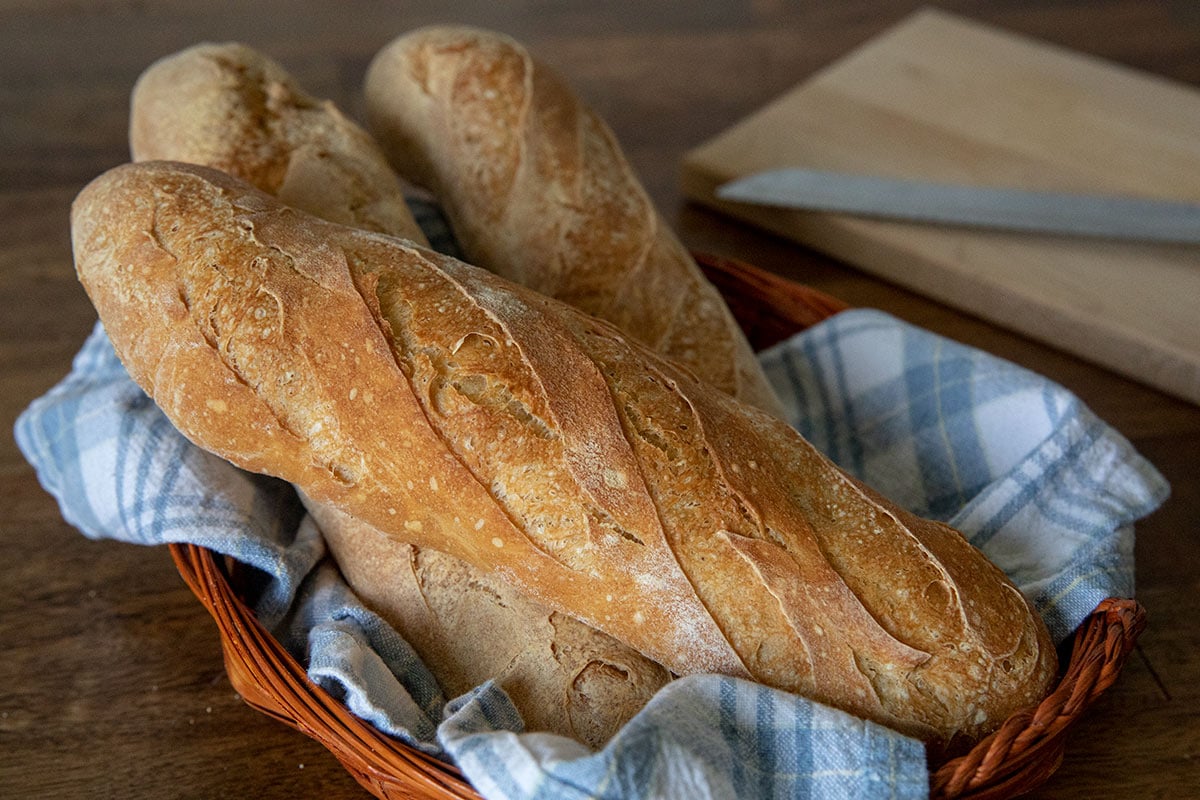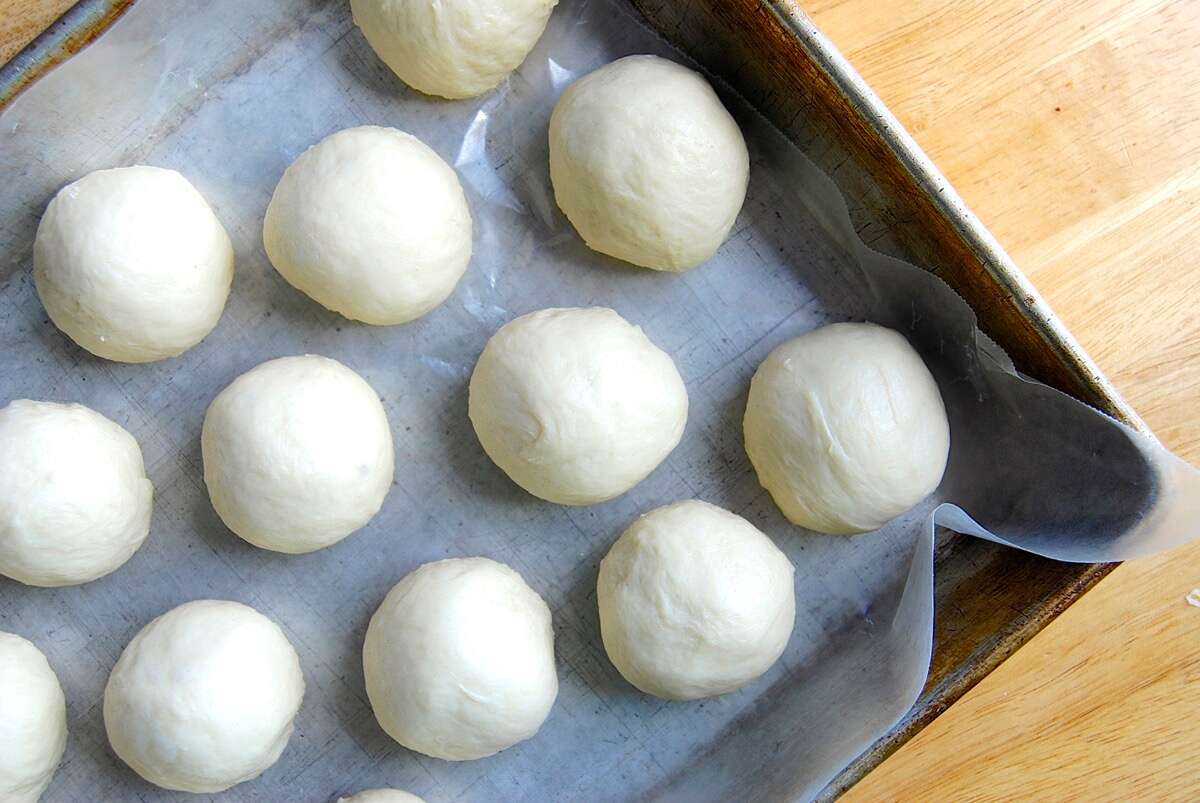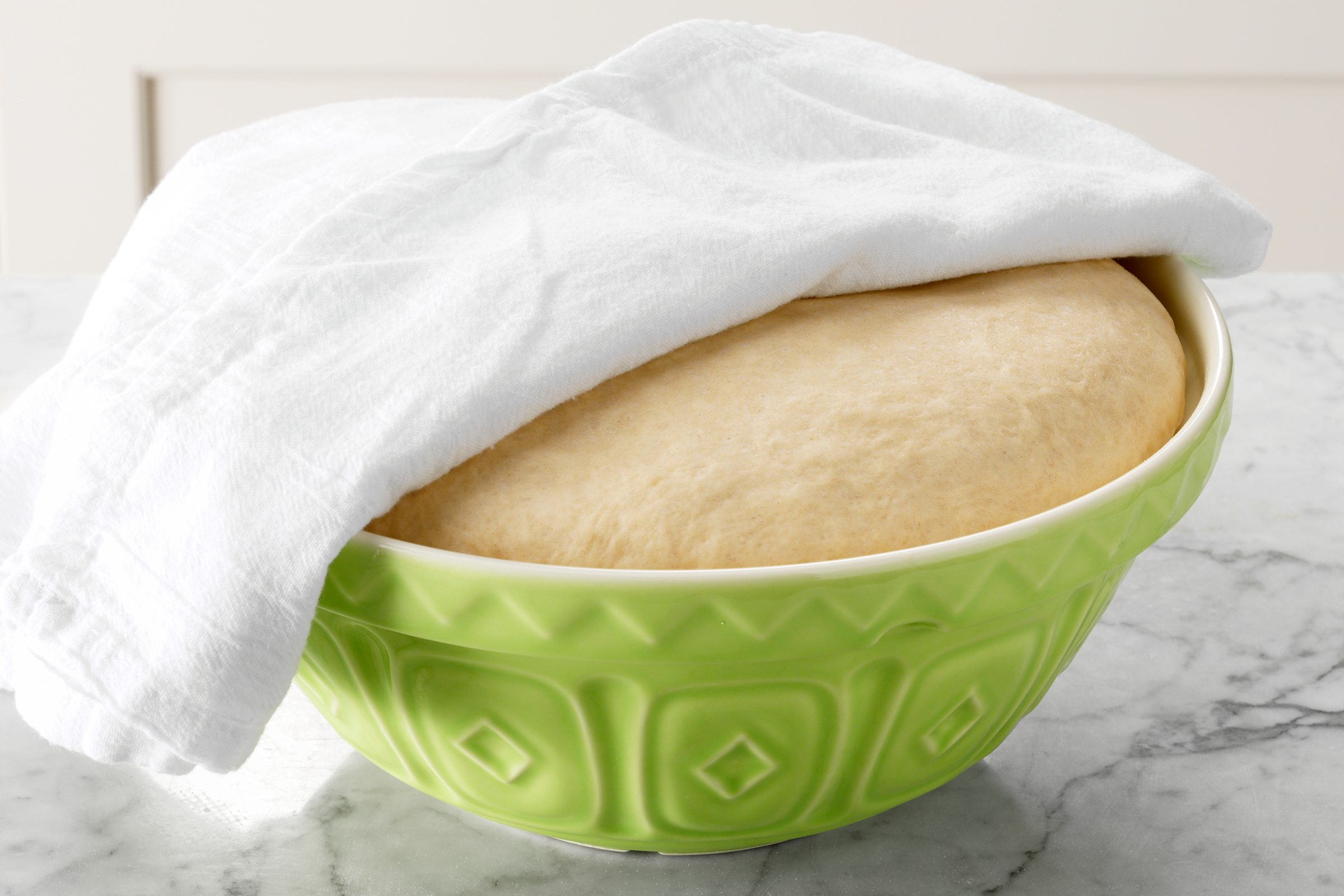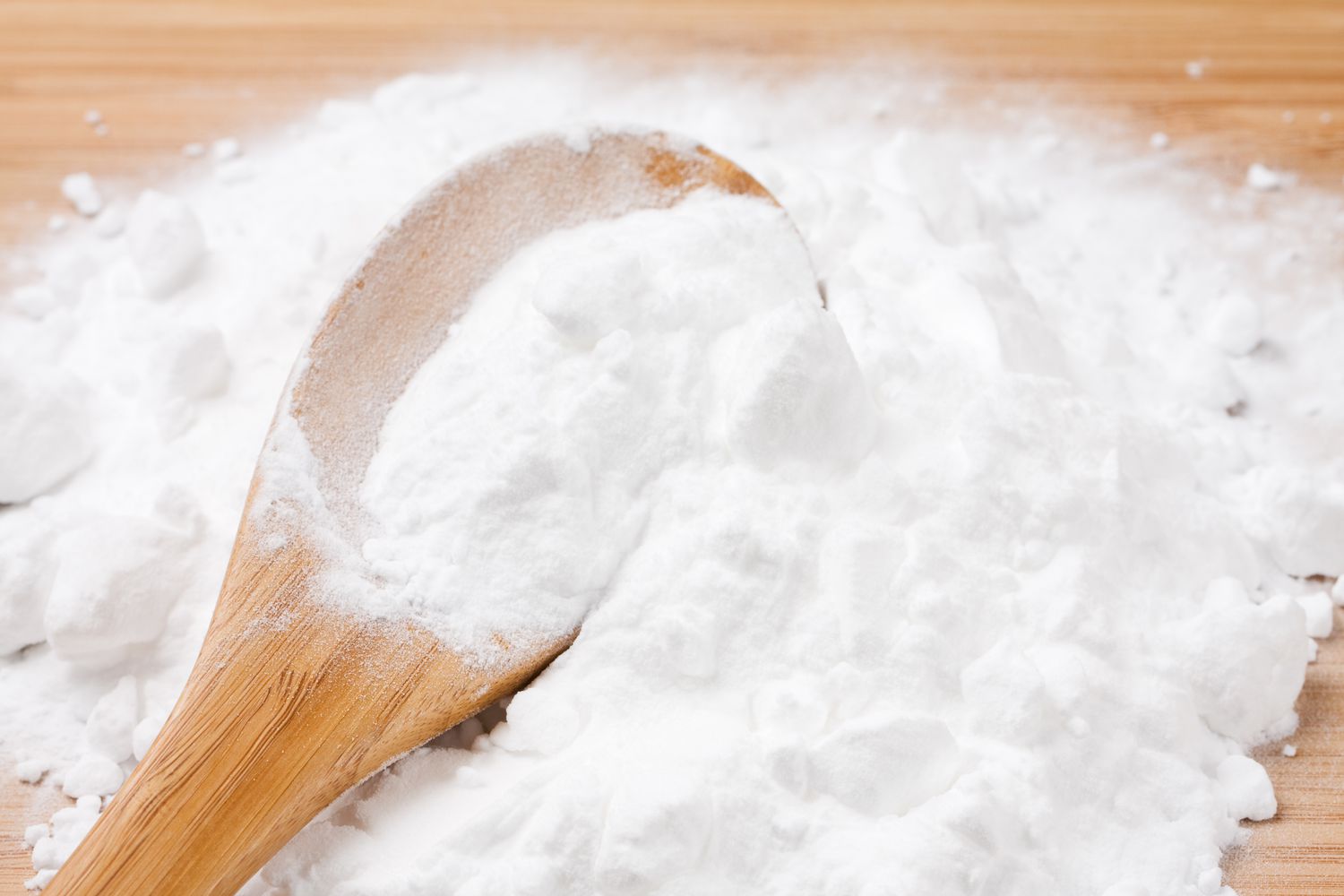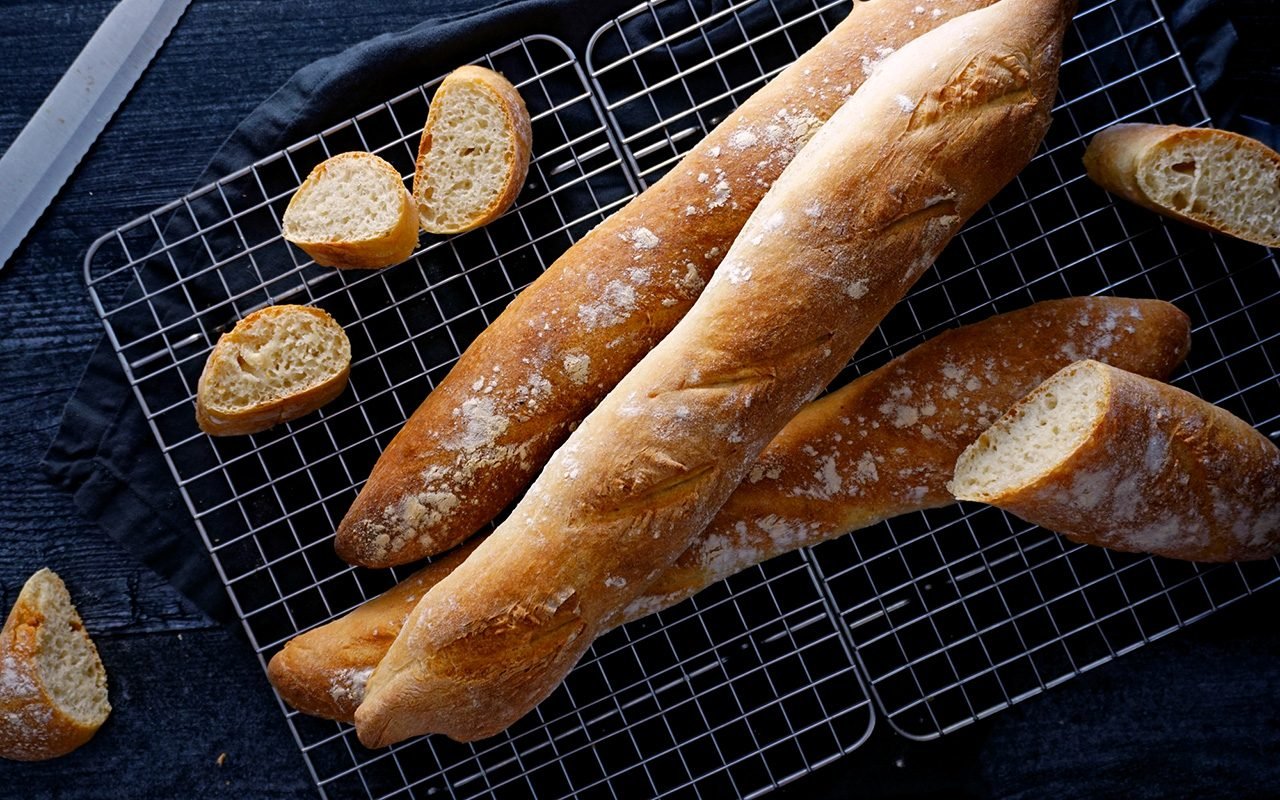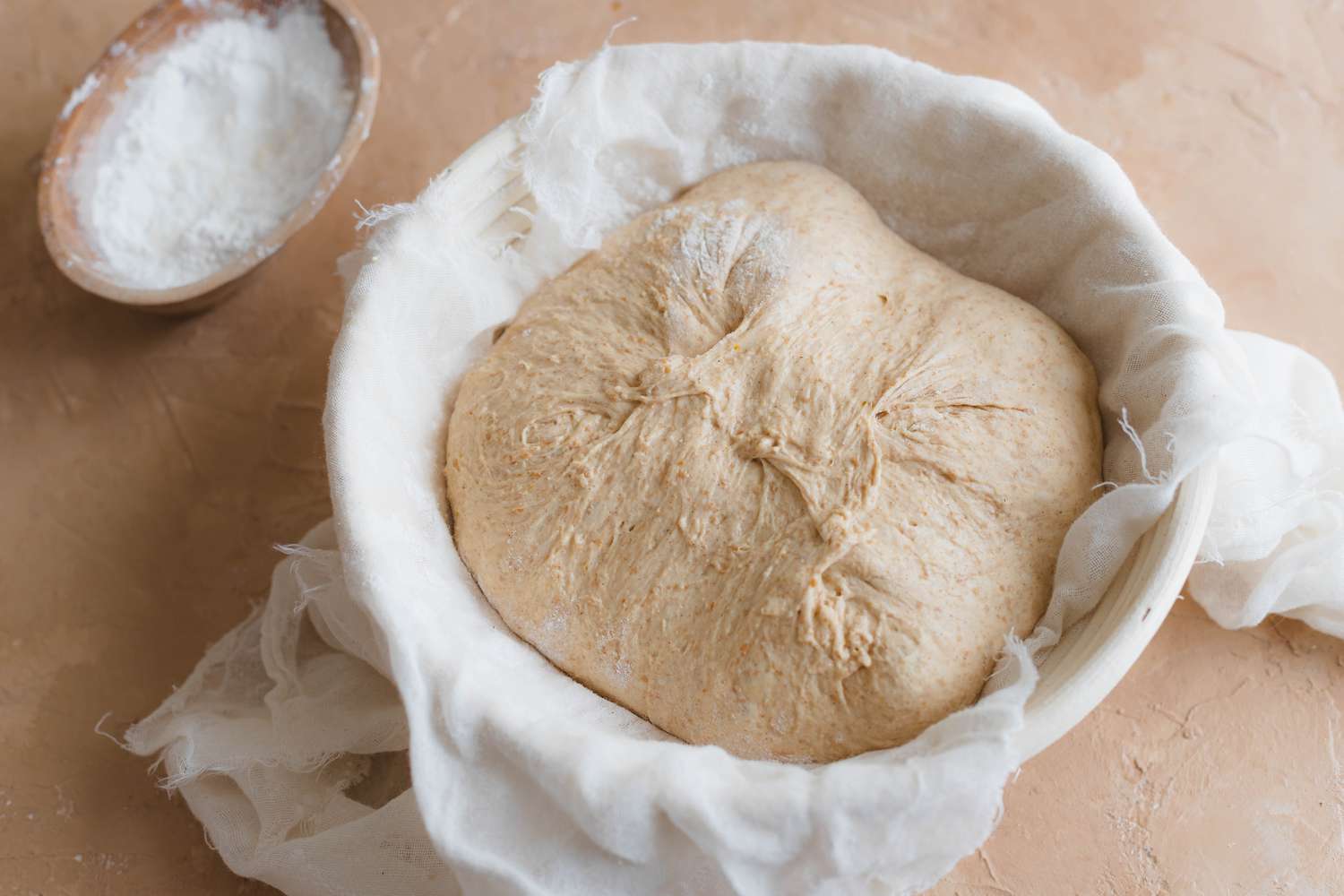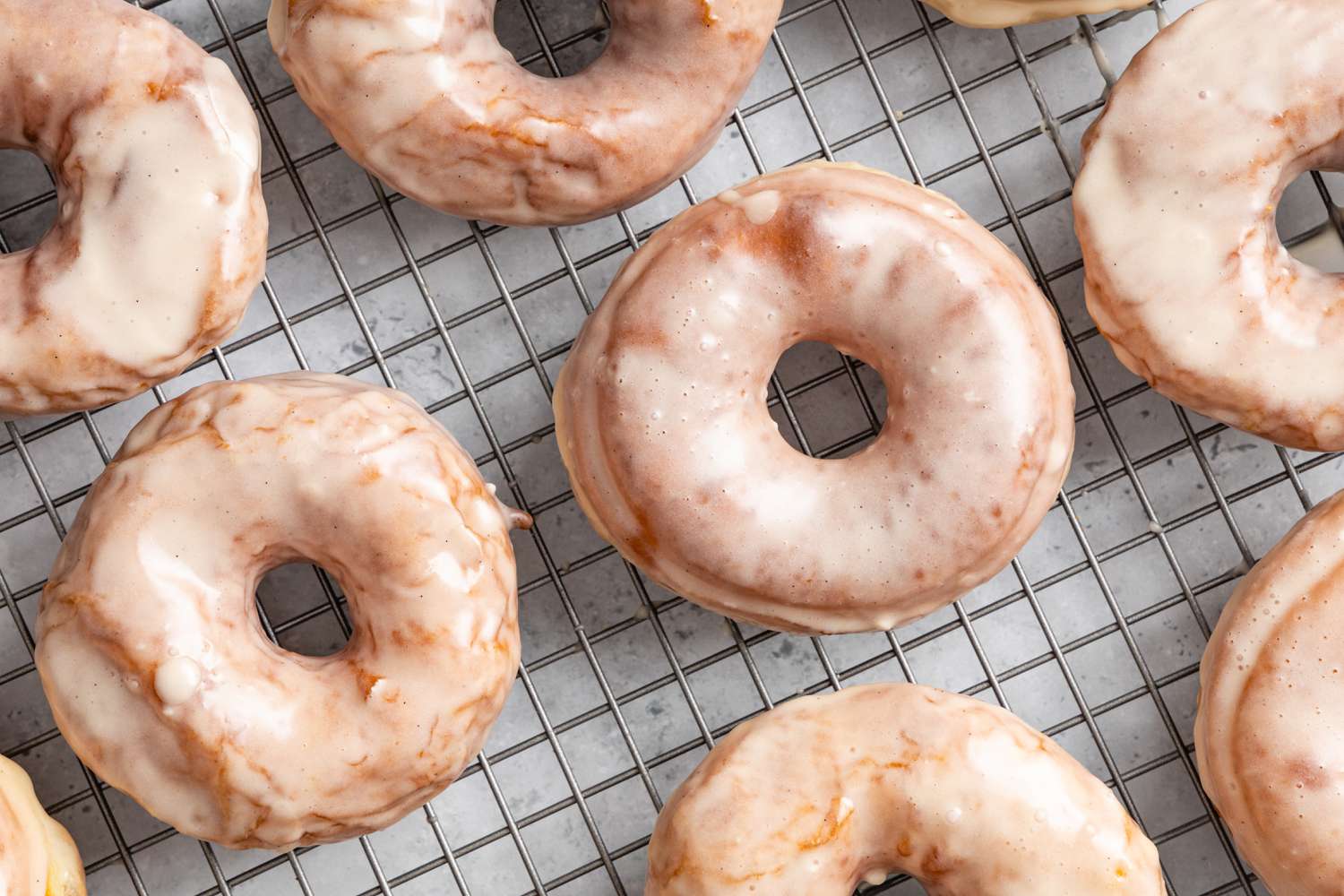Understanding the Proofing Process
Proofing dough is a crucial step in the bread-making process that allows the dough to rise before baking. This process is essential for developing the texture and flavor of the final product. Whether you are making bread, pizza dough, or any other baked goods, proper proofing is key to achieving the perfect result.
Factors Affecting Proofing
Several factors can impact the proofing process, including temperature, humidity, and the type of yeast used. Understanding these factors is important for achieving consistent results when proofing dough. Here are some key points to consider:
- Temperature: Yeast is most active within a specific temperature range, typically between 75-85°F (24-29°C). Warmer temperatures can speed up the proofing process, while cooler temperatures will slow it down.
- Humidity: A slightly humid environment can help prevent the dough’s surface from drying out during proofing, promoting better rise and texture.
- Yeast: Whether using active dry yeast or instant yeast, the type and amount of yeast used will impact the proofing time and results.
Steps for Proofing Dough
Now that we understand the factors affecting proofing, let’s dive into the steps for proofing dough effectively:
- Knead the Dough: After preparing the dough, knead it until it reaches the desired consistency. Proper kneading helps develop the gluten, which is essential for the dough’s structure and rise.
- First Proofing: Place the kneaded dough in a lightly greased bowl, cover it with a damp cloth, and let it rise in a warm, draft-free place. The first proofing typically takes 1-2 hours, depending on the recipe and environmental factors.
- Shaping: Once the dough has doubled in size during the first proofing, gently punch it down to release the air. Shape the dough according to your recipe, whether it’s for loaves, rolls, or pizza crust.
- Second Proofing: Place the shaped dough on a baking sheet or in a pan, cover it again, and let it rise for the second time. This proofing period is shorter, usually around 30-60 minutes, and it allows the dough to rise and develop its final texture before baking.
- Baking: Once the dough has completed the second proofing, it’s ready to be baked according to your recipe’s instructions.
Tips for Successful Proofing
Here are some additional tips to ensure successful proofing of your dough:
- Use a proofing box or create a warm, draft-free environment for consistent results.
- Check the dough periodically during proofing to avoid overproofing, which can lead to a collapsed final product.
- Experiment with different proofing times and temperatures to find the ideal conditions for your specific recipe and preferences.
- Consider using a dough scraper to handle and shape the dough effectively during the proofing process.
Conclusion
Mastering the art of proofing dough is a valuable skill for any home baker. By understanding the factors that influence the proofing process and following the proper steps, you can consistently achieve delicious, well-risen baked goods with excellent texture and flavor. Experiment with different recipes and techniques to hone your dough-proofing skills and elevate your baking game.
Was this page helpful?
Read Next: How To Proof Dough Pizza
